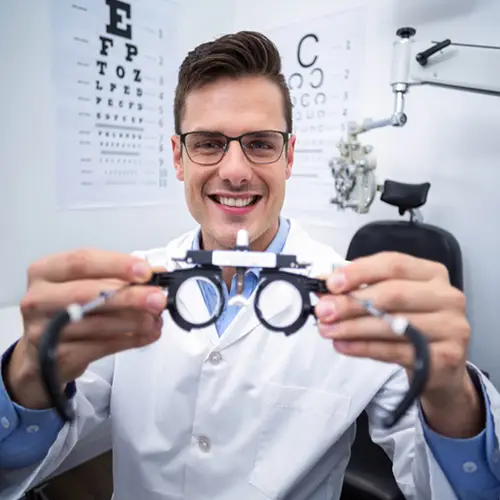
Health Insurance Price Increase in 2024
On April 1st, private health insurance prices are going up an average 3.03%. See how your health fund compares.

When it comes to optical cover, you can expect to have access to a range of services that typically fall into three categories. However, it’s important to note that each health fund may have different levels of optical cover with varying benefits and limits.


When it comes to optical cover, you can expect to have access to a range of services that typically fall into three categories. However, it’s important to note that each health fund may have different levels of optical cover with varying benefits and limits.

On April 1st, private health insurance prices are going up an average 3.03%. See how your health fund compares.

How do Australia’s two largest health insurers compare in terms of key performance metrics and quality measures? Get your answer here.

At the moment, Australian residents and citizens do not need private health insurance for COVID-19 treatment as it will be completely funded by Medicare.

© 2024 Fair Health Care Pty Ltd – ABN 86 622 966 303